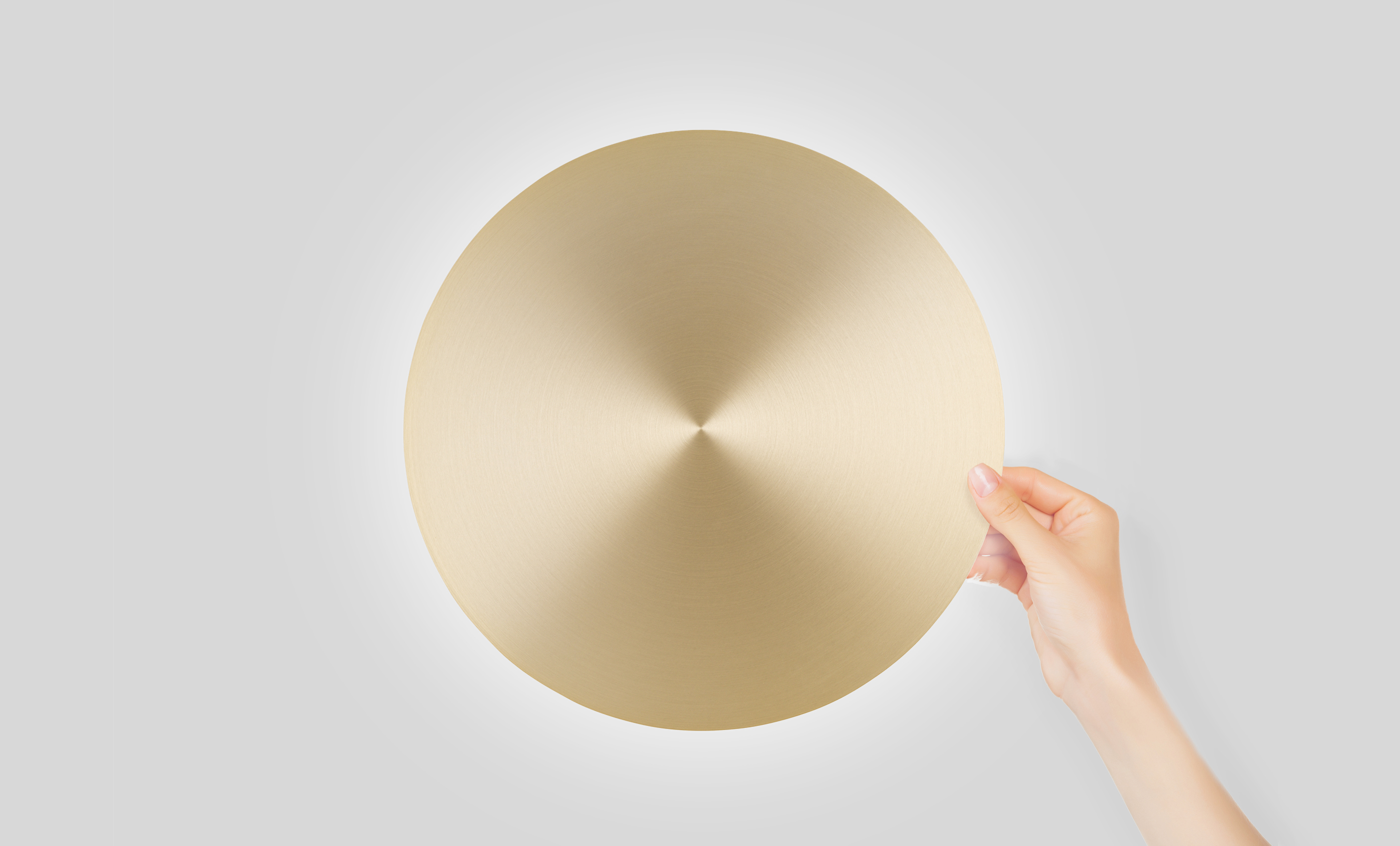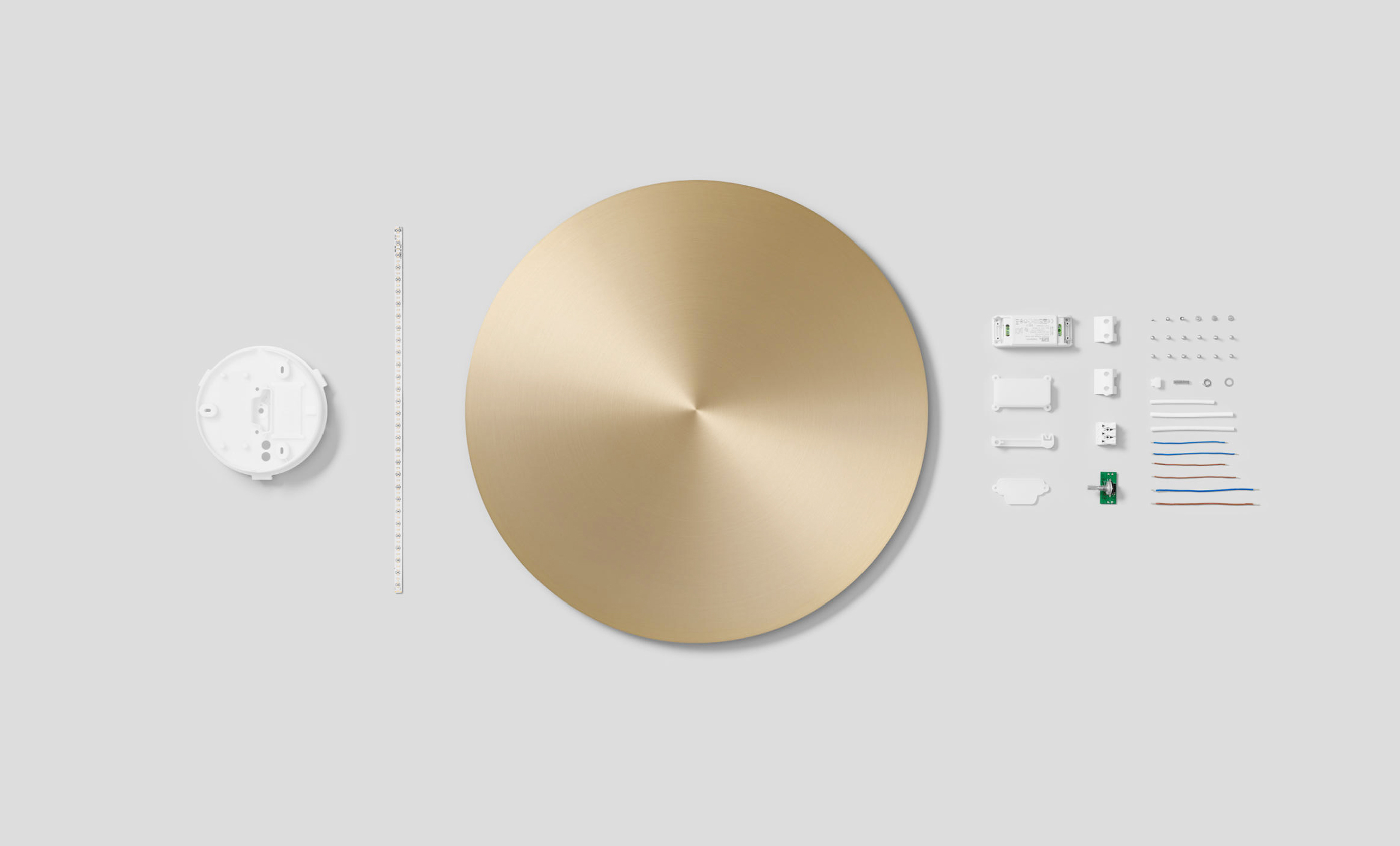Gibson challenges the idea that objects are defined by their qualities, suggesting that what we perceive of them is related to what they offer us: "We can discriminate the dimensions of difference if required to do so in an experiment, but what the object affords us is what we normally pay attention to”.

Researcher Donald Norman appropriates this concept to define the relationships we establish with objects and how we interact with them from what we perceive. He defines affordances as those elements that suggest us how to interact with a product.
Donald Norman considers good design to be endowed with affordances that inform us, for example, how to use a cup by its handle or, when interacting with a door to open it, knowing whether to push or pull. Knowledge of these affordances allows us to build a mental model that enables us to use similar products, as long as we recognize these affordances again.

With this premise, we conceived Alba in 2020. A wall lamp that provides indirect light and invites users to interact with it by discovering the hidden possible action, allowing it to be used by turning the disc from which the proposal has been formally conceived.

Manufactured by Ateljé Lyktan, Alba was granted the Opinion Delta Award and the Silver Delta Award at the ADI Awards in 2022.
The sensory world, the material world, confronts us by conditioning the relationships that constitute us as social beings. Through design, we can interfere in these relationships, defining how we interact with objects, emerging a new connection based on empathy.
cat
es
︎︎︎